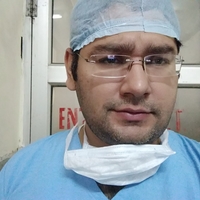Summary
Rectopexy is a surgical procedure that is done to restore a person's rectum to its normal position. The procedure is done to treat conditions like rectal prolapse, rectocele and enterocele. The conditions are not life-threatening, but cause embarrassing symptoms and deteriorate the quality of life.
During the surgery, the rectum will be pulled to its normal position and fixed with stitches and sterile, netted sheets called mesh. In some cases, a part of the large intestine will also be removed to help improve bowel movements. The surgery takes about two hours, and you will be discharged in about one to three days after the procedure.










































